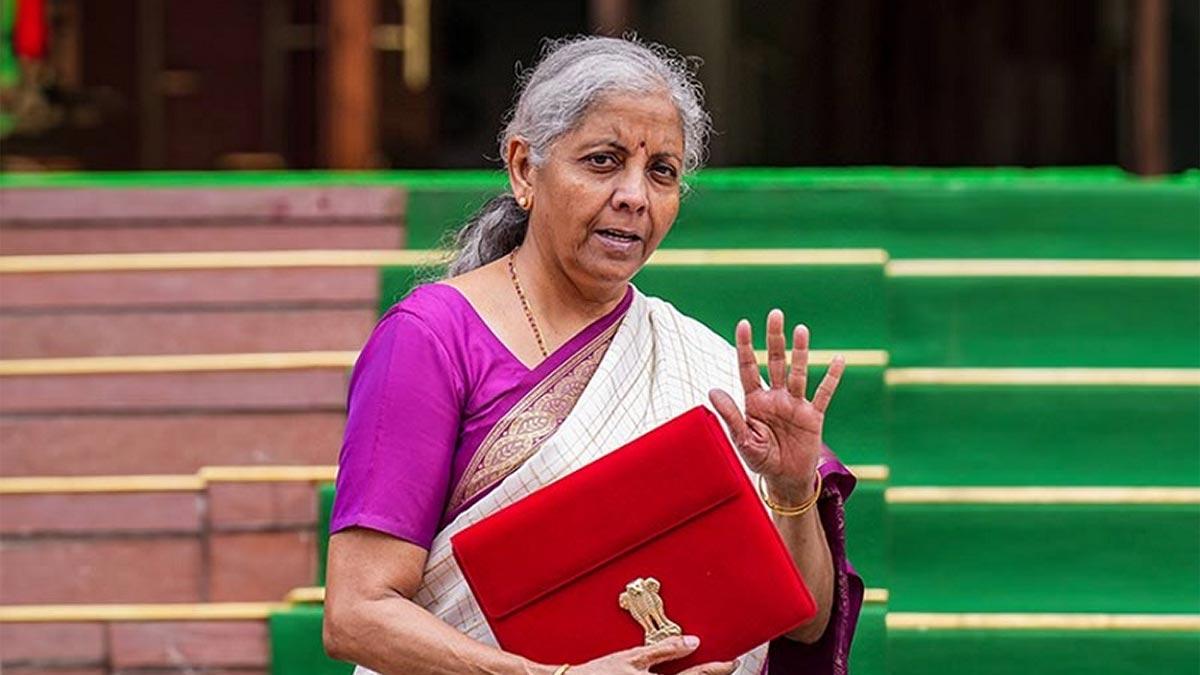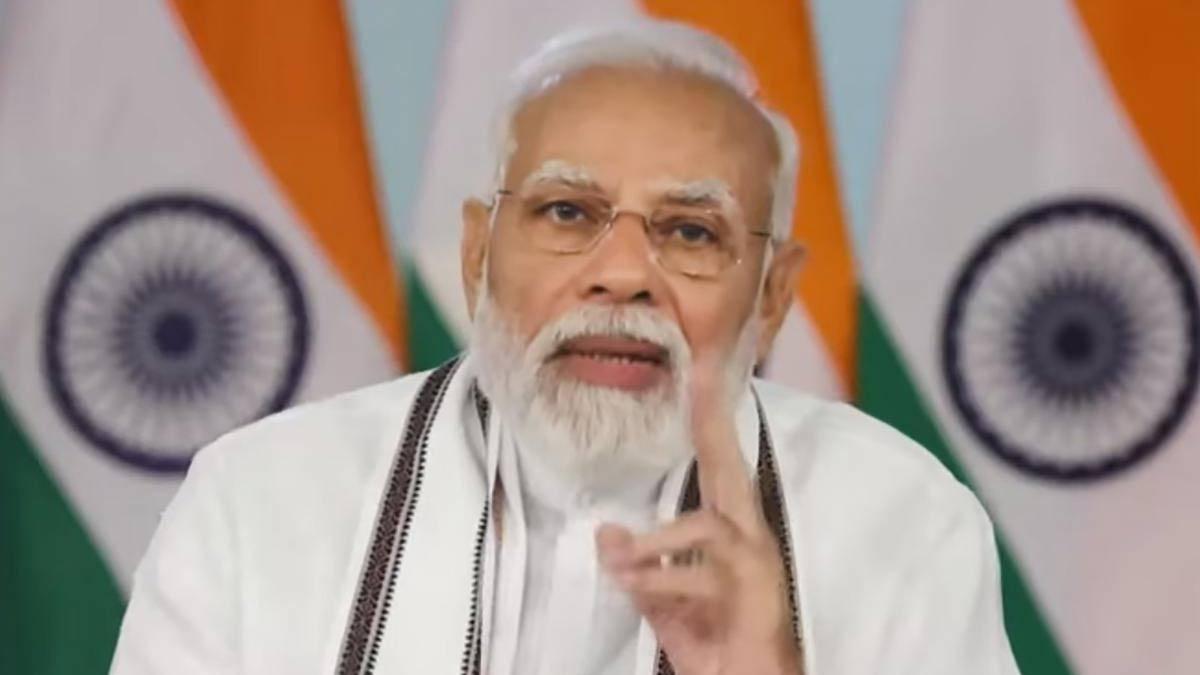In a bid to give economic momentum a boost, Reserve Bank of India (RBI) Governor Sanjay Malhotra on Wednesday cut the policy repo rate by 25 basis points—from 6.25% to 6%.
As part of the rate cut, the central bank has also changed its monetary policy stance from 'neutral' to 'accommodative' to boost liquidity and promote investment.
The MPC made the decision unanimously, considering the current macroeconomic indicators and financial prospects ahead, Malhotra said in his speech.
"The MPC has chosen an accommodative policy, allowing us to inject more liquidity and prop up economic activity," he added. That is a contrast from the earlier neutral policy, which neither promoted nor limited liquidity inflows within the financial market.
Malhotra pointed out that although inflationary pressures have abated locally, global events—most notably the recent U.S. tariff hike—remain potential threats. The RBI, he assured, will be keeping a close eye and will take necessary measures to ensure financial stability.
Following the repo rate reduction, the RBI has also made some changes in a few important policy rates:
- The Standing Deposit Facility (SDF) rate stands at 5.75%,
- The Marginal Standing Facility (MSF) rate and the Bank Rate are both revised to 6.25%.
- This marks the second successive quarter in which the RBI has slashed the repo rate by 25 basis points, following a similar move in February—its first rate cut since May 2020.
A cut in the repo rate usually results in reduced lending rates by commercial banks. This, in turn, will induce consumers and businesses to borrow more, which will result in higher expenditure and investment and, ultimately, economic growth.
Malhotra stressed, though, that the actual effect of this monetary relaxation will hinge on how quickly commercial banks transfer the benefits to their clients.
In a related development, RBI has also cut its GDP growth estimates for FY2025-26 to 6.5% from its previous estimate of 6.7%.
The monetary policy relaxation is a follow-up to a budgetarily prudent budgetary strategy of the Union Finance Ministry, which has lowered the fiscal deficit goal to 4.4% of GDP for FY2025-26 from the previous estimate of 4.8%. This has alleviated pressure on government borrowing and provided the RBI with more elbow room to follow a growth-focused approach.
Read also| Trump Vows to Maintain Tariffs Until U.S. Trade Deficit Is Eliminated
Read also| Swiggy Hit with Over ₹165 Crore Tax Demands; Company Anticipates Minimal Financial Impact


















